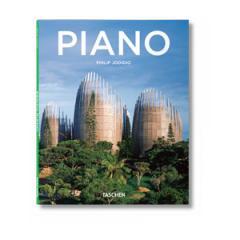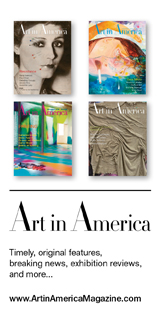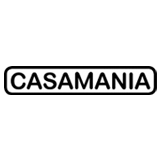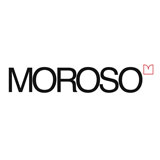Hal Foster 'Global Style'
News from the Web
Seminal art and design theorist Hal Fosters reviews Piano: Renzo Piano Building Workshop 1966-2005 by Philip Jodidio and Renzo Piano Building Workshop Vol. IV by Peter Buchanan for the London Review of Books, Published in September of 2007.
A tension runs through the work of Renzo Piano. Born in 1937 into a prominent family of Genoese builders, he has long stressed his commitment to craft, to the particularities of material and making, and, though his firm has multiple offices with international projects, it is still called Building Workshop. Yet Piano burst into public view with the Centre Pompidou (1971-77), which, designed with Richard Rogers, is the most celebrated of the high-tech megastructures of the period, and today he is also associated with large urban schemes, including the redevelopment of the old harbour in Genoa (1985-92) and Potsdamer Platz in Berlin (1992-2000), as well as massive infrastructural projects such as Kansai International Airport (1988-94), for which an entire island was engineered into being in the Bay of Osaka.
Another version of this tension is that, despite the persona of the humble craftsman, Piano is the favoured architect of many high-class institutions, cultural, academic and corporate. Among his buildings in the first category are the Menil Collection in Houston (1982-86), a beautiful museum that distinguished the more classical Piano from the more Pop Rogers; two more elegant temples devoted to private art collections, the Beyeler Museum in Basle (1992-97) and the Nasher Sculpture Center in Dallas (1999-2003); the Niccolò Paganini Auditorium in Parma (1997-2001) and the Parco della Musica in Rome (1994-2002), the former a converted factory, the latter a new complex of three zinc-clad auditoria; the newly opened Paul Klee Museum in Berne (1999-2007) and the Morgan Library extension in New York (2000-06). Current clients in this vein include the Los Angeles County Museum of Art, the Chicago Art Institute, the Boston Museum of Fine Arts and the Whitney Museum of American Art. In the other categories, Piano has schemes underway for Columbia, Harvard, Michigan and the California Academy of Sciences, and his 52-storey tower for the New York Times on 40th Street and Eighth Avenue is nearly complete (this is just one of several corporate jobs). That Piano has four major projects in Manhattan alone – a new campus for Columbia uptown, the Times tower and the Morgan complex in midtown, and a possible annexe for the Whitney in Chelsea – is extraordinary: when was the last time one office had so many important pieces on the Monopoly board? Even his London Bridge Tower – if built, this 306-metre glass spire will be the tallest office building in Europe – looks like a World Trade Center scheme which, fed up with the debacle in Lower Manhattan, relocated from the Hudson to the Thames.
Purchase a copy:
Piano: Renzo Piano Building Workshop 1966-2005 by Philip Jodidio
Renzo Piano Building Workshop Vol. IV by Peter Buchanan























